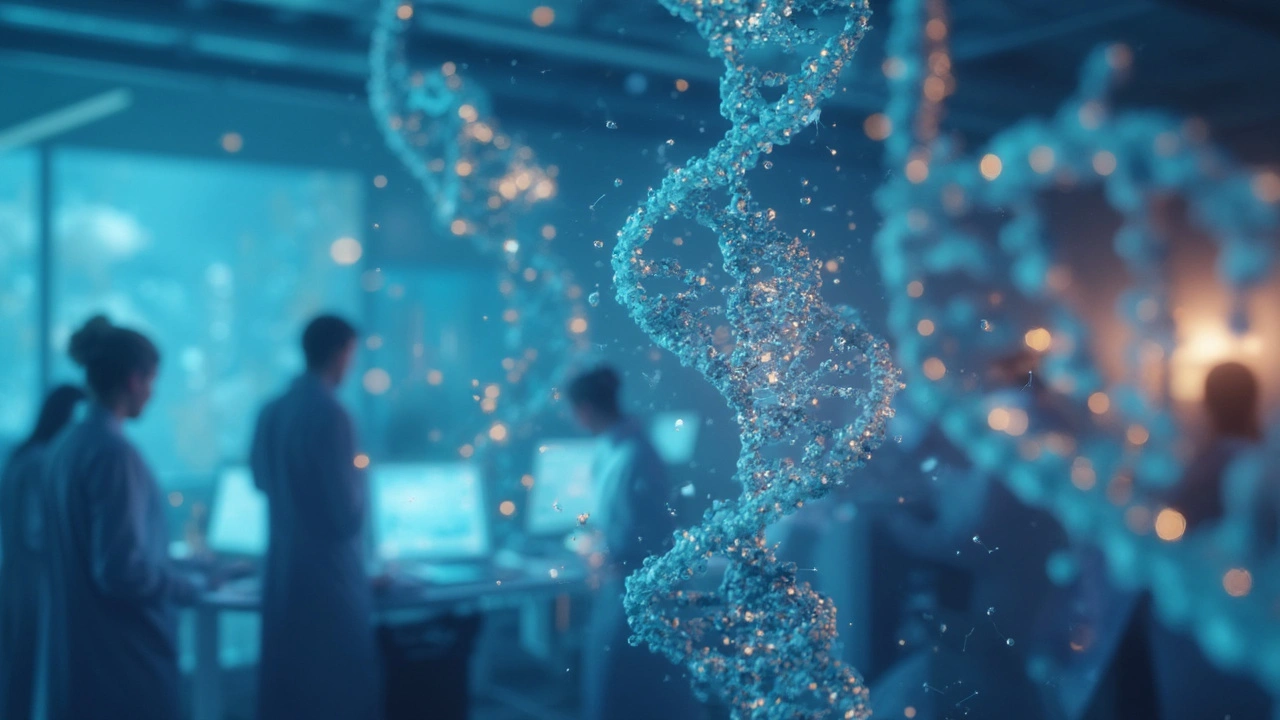
Every day your cells get hit with tiny mistakes—UV rays, chemicals, or just random errors when they copy DNA. If those mistakes aren’t fixed, they can turn into mutations that cause disease, aging, or cancer. Luckily, your body has built‑in repair systems that hunt down and patch up the damage. Understanding how these systems work helps you see why lifestyle choices matter.
There are four main ways cells repair DNA:
Base excision repair (BER) snips out single‑letter errors caused by oxidation or deamination. Enzymes recognize the wrong base, cut it out, and replace it with the correct one.
Nucleotide excision repair (NER) deals with bulky damage like UV‑induced thymine dimers. A stretch of DNA around the lesion is removed and then filled in using the undamaged strand as a template.
Mismatch repair (MMR) fixes tiny mis‑pairings that happen when DNA is copied. If a C‑A pair slips through, MMR proteins spot it and swap the bases back to their proper partners.
Double‑strand break repair is the most serious. It uses either homologous recombination (HR), which copies the missing piece from a sister chromosome, or non‑homologous end joining (NHEJ), which simply stitches the ends together. HR is accurate; NHEJ can be a bit sloppy but is faster.
You can give these repair crews a helping hand with a few everyday habits:
1. Eat nutrient‑rich foods. Vitamins B3 (niacin), B6, and B12, as well as vitamin C, zinc, and magnesium, serve as co‑factors for repair enzymes. Leafy greens, nuts, and citrus fruits are cheap sources.
2. Limit UV exposure. Sunscreen, hats, and sunglasses cut down the UV‑induced lesions that overwhelm NER.
3. Avoid tobacco and excess alcohol. Both introduce chemicals that cause bulky adducts and oxidative damage, flooding BER and NER pathways.
4. Stay active and get enough sleep. Exercise promotes better circulation, delivering repair nutrients to cells, while sleep ramps up DNA‑damage checkpoints.
5. Manage stress. Chronic stress spikes cortisol, which can suppress repair gene expression. Mindfulness, deep breathing, or a short walk can keep cortisol in check.
When you combine these habits, you’re not just protecting your DNA—you’re also giving the repair machinery the tools it needs to work efficiently. That means fewer mutations over time, lower cancer risk, and healthier aging.
So next time you reach for a snack or step outside, think about how that choice affects the tiny repair crews inside every cell. Small tweaks add up, and your DNA will thank you.